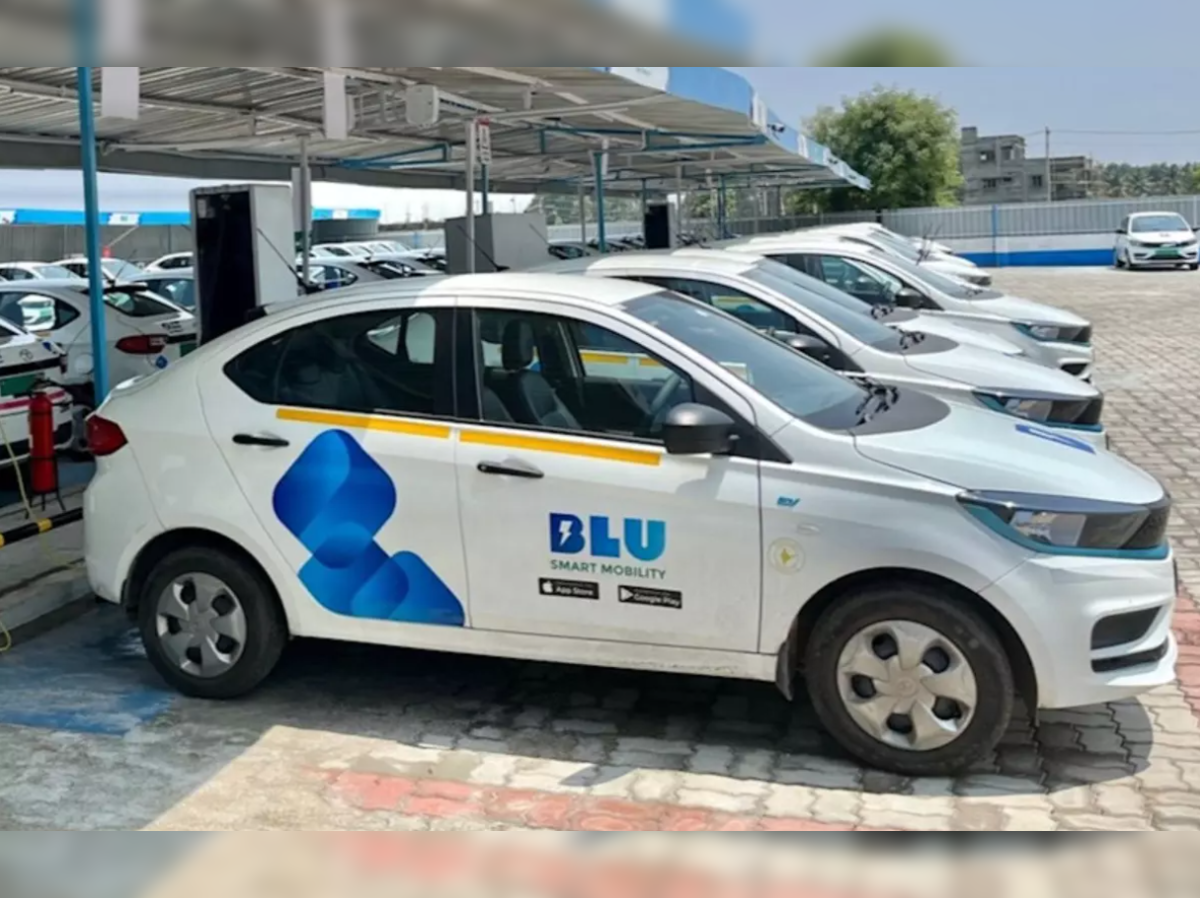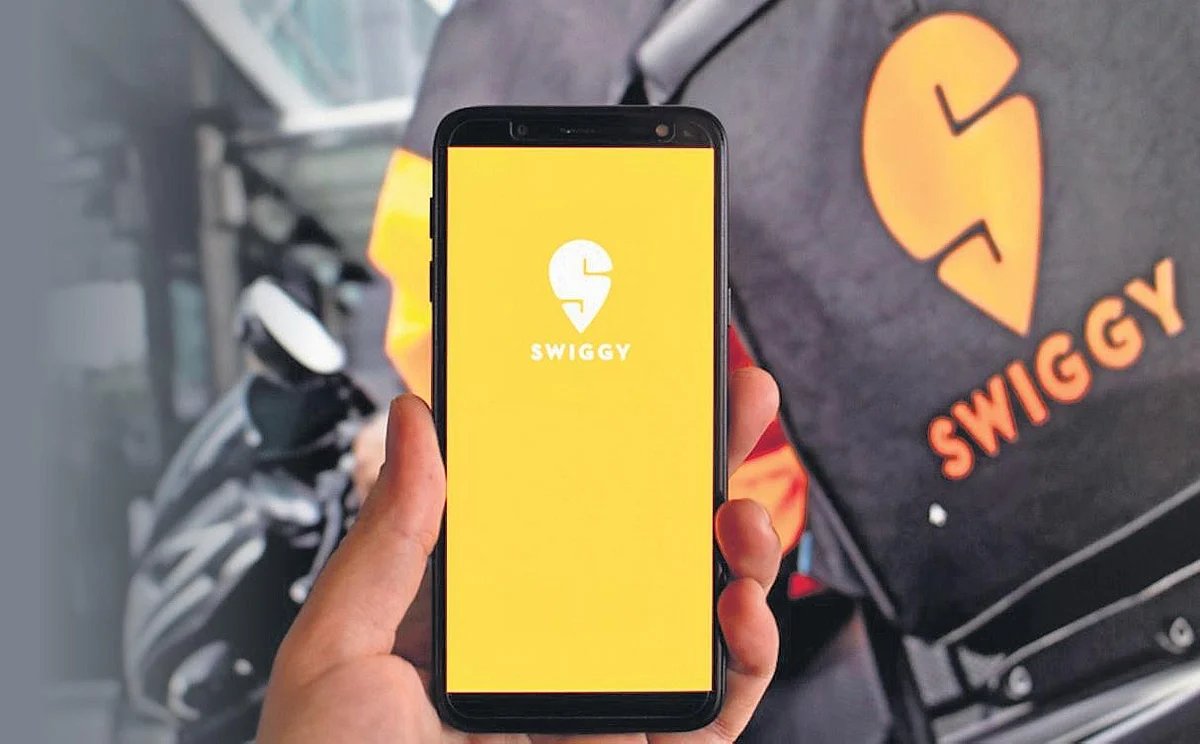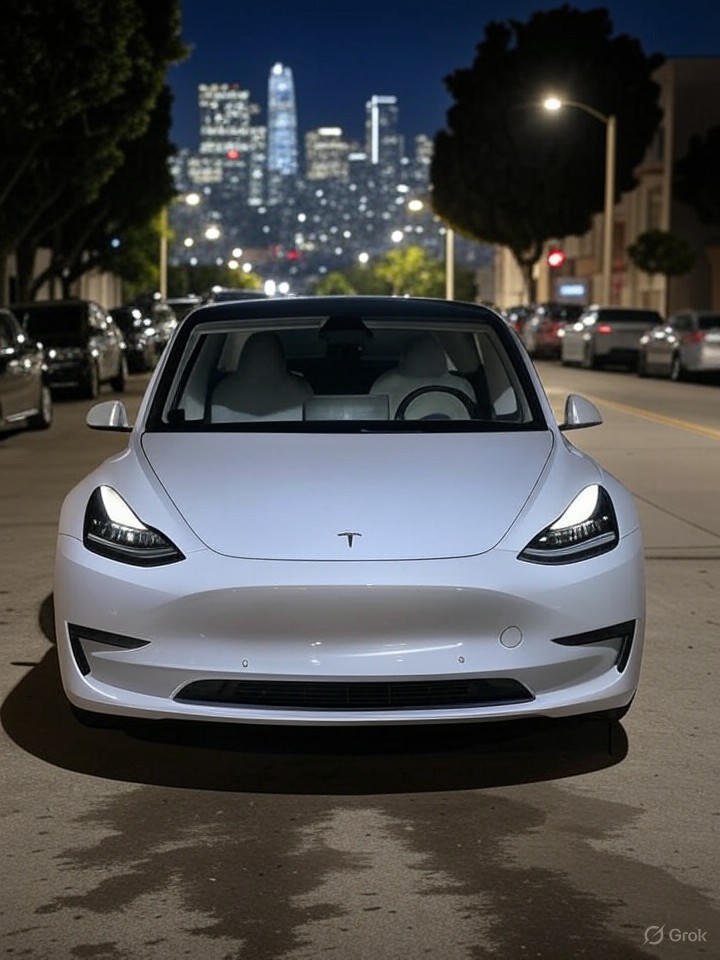Ride & Mobility
NCLT Ahmedabad bench admits insolvency petitions against Blusmart Mobility

Disclaimer
We strive to uphold the highest ethical standards in all of our reporting and coverage. We StartupNews.fyi want to be transparent with our readers about any potential conflicts of interest that may arise in our work. It’s possible that some of the investors we feature may have connections to other businesses, including competitors or companies we write about. However, we want to assure our readers that this will not have any impact on the integrity or impartiality of our reporting. We are committed to delivering accurate, unbiased news and information to our audience, and we will continue to uphold our ethics and principles in all of our work. Thank you for your trust and support.
Website Upgradation is going on for any glitch kindly connect at office@startupnews.fyi
Ride & Mobility
Hochul: $21 million now available for zero-emission mobility transportation solutions – WGRZ
Ride & Mobility
Swiggy to re-evaluate investment in Rapido over conflict of interest

Food-tech firm Swiggy will re-evaluate its investment in ride-hailing startup Rapido, citing a potential conflict of interest as the mobility company recently entered the food delivery space.
“Rapido is now the largest mobility player in India by rides, and has been a disruptor in its space. As a shareholder, we are extremely happy with their success and value-creation; but do acknowledge a potential conflict of interest that may arise in the future,” said Swiggy in its letter to shareholders on Thursday.
It added, “Our 12% minority stake has appreciated significantly since our investment (basis incoming interest) and we are actively re-evaluating our investment due to the above developments.”
Rapido entered the food delivery space in June through a pilot called ‘Ownly’ in Bengaluru, charging restaurants a fixed fee per order. A proposal shared with restaurants shows that Rapido is positioning itself as a zero-commission, value-focused alternative to Swiggy and Zomato.
Swiggy invested in Rapido in 2022. It holds approximately a 12% stake in Rapido which is valued at around Rs 1,020 crore based on Rapido’s current valuation of just over Rs 8,500 crore. The ride-hailing company, which competes with Ola and Uber, has raised around $600 million so far.
“Food delivery continues to attract new competition, with new players or models trying to enter this high-frequency, high customer-intent category every year. The key question is what new competition will unlock for the consumer, which we are not already doing at scale. Many of the new offerings we have created (including on affordability) and will continue to roll out, will be towards ensuring that competition does not get a clear opening.” Swiggy stated in the letter.
Ride & Mobility
Tesla Launches Ride-Hailing Service in San Francisco Bay Area

Elon Musk’s early-morning post on X sent ripples through the automotive and tech sectors, announcing that Tesla’s ride-hailing service is now operational in the San Francisco Bay Area. The Tesla CEO stated simply, “You can now ride-hail a Tesla in the SF Bay Area, in addition to Austin,” marking a significant expansion of the company’s foray into mobility services. This move comes amid Tesla’s broader push to transform from an electric vehicle manufacturer into a leader in autonomous transportation, though the exact nature of the service—whether fully autonomous or human-supervised—remains a point of intrigue for regulators and competitors alike.
Details emerging from the announcement suggest the service is accessible via Tesla’s app, allowing users to summon vehicles much like Uber or Lyft, but with Tesla’s fleet of electric cars. Early reports indicate it’s starting in a limited capacity, potentially relying on human drivers or supervised autonomy, given California’s stringent oversight on self-driving tech. According to a report in Business Insider, the launch builds on Tesla’s existing operations in Austin, where the service debuted in June 2025, and could serve as a testing ground for more advanced features.
Regulatory Hurdles and Strategic Maneuvers
California’s Public Utilities Commission (CPUC) has been a key gatekeeper, and Tesla’s path hasn’t been without obstacles. As noted in a July 2025 article from The San Francisco Standard, Tesla lacks full approval for deploying unsupervised robotaxis in the city, prompting the company to pivot toward a human-driven chauffeur model initially. This approach mirrors strategies employed by rivals like Waymo, which have navigated similar regulatory landscapes by starting with safety drivers.
Musk has long touted Tesla’s Full Self-Driving (FSD) technology as the cornerstone of its ride-hailing ambitions, with internal tests already underway for employees in San Francisco, as detailed in an October 2024 piece from Fortune. Yet, the current rollout appears more cautious, emphasizing reliability over full autonomy to comply with state rules. Industry insiders speculate this could accelerate data collection for FSD improvements, drawing from billions of miles of real-world driving data.
Expansion Plans and Market Implications
Tesla’s application for a ride-hailing permit in California, filed earlier in 2025 and covered by The Washington Post, underscores Musk’s goal of scaling robotaxis nationwide by year’s end. The Bay Area launch, following Austin’s, positions Tesla to challenge established players in high-density urban markets, where electric vehicles offer environmental and cost advantages.
However, questions linger about scalability. A recent Reuters report highlighted the absence of explicit references to self-driving in Musk’s announcement, suggesting the service might initially use human operators to sidestep delays. This hybrid model could help Tesla build user trust while refining its AI, which Musk claims achieves safety levels “far in excess of the average human driver” based on extensive training data.
Future Vision Amid Uncertainties
Looking ahead, Tesla’s roadmap includes unsupervised autonomy, with Musk reiterating in X posts that the company aims for widespread deployment by late 2025. Innovations like Actually Smart Summon and FSD Supervised v13, showcased in Tesla’s official updates, promise seamless experiences—from parking lot navigation to optimized routing with charging stops.
For industry observers, this launch represents a pivotal test of Tesla’s vertical integration strategy, blending hardware, software, and services. While competitors like Cruise face setbacks from incidents, Tesla’s data-driven approach could give it an edge, though regulatory approvals remain the wild card. As one analyst noted in coverage from Investing.com, the service addresses cooling EV demand by diversifying revenue streams. Ultimately, success in San Francisco could redefine urban mobility, but it hinges on balancing innovation with safety and compliance in a rapidly evolving field.
-

 Brand Stories1 week ago
Brand Stories1 week agoBloom Hotels: A Modern Vision of Hospitality Redefining Travel
-

 Brand Stories5 days ago
Brand Stories5 days agoCheQin.ai sets a new standard for hotel booking with its AI capabilities: empowering travellers to bargain, choose the best, and book with clarity.
-

 Destinations & Things To Do2 weeks ago
Destinations & Things To Do2 weeks agoUntouched Destinations: Stunning Hidden Gems You Must Visit
-

 Destinations & Things To Do5 days ago
Destinations & Things To Do5 days agoThis Hidden Beach in India Glows at Night-But Only in One Secret Season
-

 AI in Travel2 weeks ago
AI in Travel2 weeks agoAI Travel Revolution: Must-Have Guide to the Best Experience
-

 Brand Stories4 weeks ago
Brand Stories4 weeks agoVoice AI Startup ElevenLabs Plans to Add Hubs Around the World
-

 Brand Stories3 weeks ago
Brand Stories3 weeks agoHow Elon Musk’s rogue Grok chatbot became a cautionary AI tale
-

 Asia Travel Pulse4 weeks ago
Asia Travel Pulse4 weeks agoLooking For Adventure In Asia? Here Are 7 Epic Destinations You Need To Experience At Least Once – Zee News
-

 AI in Travel4 weeks ago
AI in Travel4 weeks ago‘Will AI take my job?’ A trip to a Beijing fortune-telling bar to see what lies ahead | China
-

 Brand Stories4 weeks ago
Brand Stories4 weeks agoChatGPT — the last of the great romantics


You must be logged in to post a comment Login